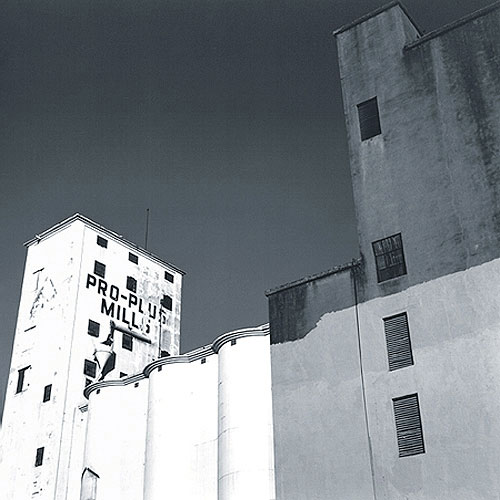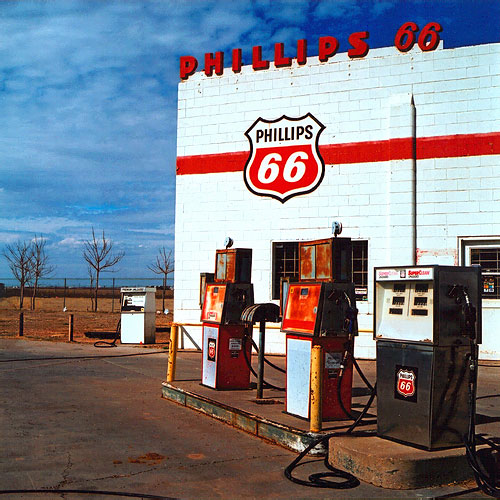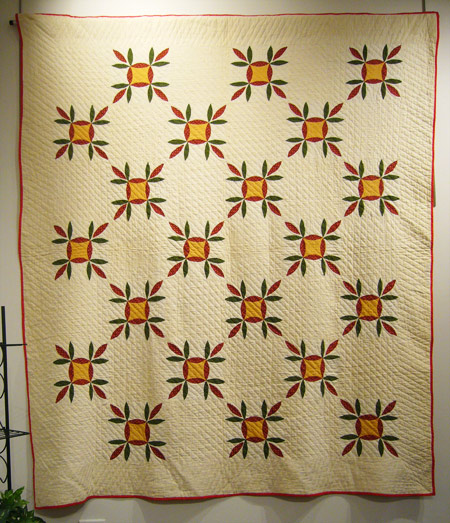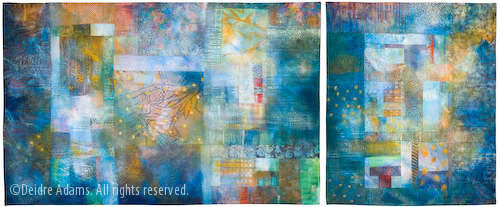Concrete Cathedrals — Robert L. Jones
I haven’t posted for awhile because I’m deep in the throes of updating my web site — I thought the break between semesters would be a good time for that. But for some reason, I always underestimate the scope of this project and it always takes so much longer than it ought to. I needed to take a breather from that and think about something else for a bit, and looking at work by other photographers is always a worthwhile endeavor.
 San Antonio, Texas, January, 2001 ©Robert L. Jones
San Antonio, Texas, January, 2001 ©Robert L. Jones
Robert L. Jones is a photographer and writer with whom I’ve corresponded off and on for a couple of years after he contacted me through my web site. I’ve not met him personally, but his work really appeals to me because a lot of it has a reverence for the same things that I am drawn to: the anachronistic image of a place that time seems to have forgotten, a chance composition discovered by looking down at the ground, and the majestic grain elevator.
This latter subject is a particular specialty of Jones’, and it’s obvious from the title he gives them that he holds them in high esteem. I’ve learned from looking at these photos that the oddly tilted perspective appearing unbidden in some of my own work is not a thing to be repudiated, but is rather something to be embraced for the dynamic presence it imparts to an image of a static subject. I’m especially intrigued by the above image because of the abrupt shift in the tonal value of the building on the right. It draws me in to thinking about what might have happened here: were they still in the process of painting this building when the photo was taken, or had they long since given up, interrupted by perhaps a financial disaster and never to return to the project? (I suppose I could research the matter and find out, but I prefer to wonder.) This demarcation line also forms a continuation of the strong diagonal started by the building on the left, creating a compelling composition.
Jones is something of a purist in his methods, preferring to work with film and doing his own developing and printing on coveted favorite papers, painstakingly working to perfect his technique, and refraining from fully accepting the label of “artist” until he feels he has done so. I find this admirable in our age of instant gratification. However, I must take just a tiny bit of exception to one thing he says in a discussion of his philosophy: “More so than any other artistic medium, photographers pride themselves in mastering technique, i.e., craft, and in perfecting each stage of the … process.” It isn’t that I don’t believe photographers do this, it’s just that I know artists in other media do so also, as I am personally aware of many textile artists who are completely obsessesed with perfecting their process. It seems that photography suffers some of the same crisis of identity that textile art suffers: is it art, or is it a craft?
I guess I’ll go out on a limb here — how could such a framing of the Phillips 66 station in its Technicolor brilliance be anything other than art?





